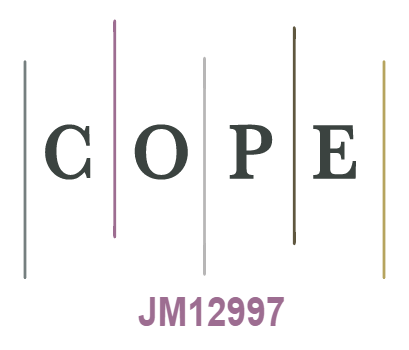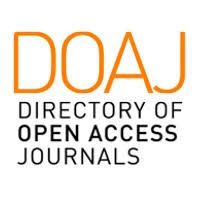In the Old Society – Some Socio-Demographic Aspects of Aging in Croatia
Abstract
The fundamental questions that this socio-demographic analysis focuses on are: what is the structure of the older age group 65+ by gender, level of education, computer literacy, marital status and the type of community they live in, by household type and family status, and by the main sources of livelihood. Also analyzed is the structure of the population aged 65+ with difficulties in performing everyday activities according to their need for assistance and using the help of another person, then by the cause of those difficulties and by their physical mobility. In the theoretical part of the paper, the author questions some sociological aspects and presents the most important theories of aging in recent sociological literature, whose terms are partially used through the interpretation of data obtained by demographic analysis. Since the main sources of data are censuses, used in this analysis is the method of demographic statistics with comparative analysis of successive censuses of monitored elements in a defined period. The analyzed data indicate that the aging of the population in Croatia has become the dominant demographic, social, and also economic problem, while between 1961 and 2011 the youth ratio was reduced from 27.2 to 15.2, and the coefficient of age increased from 7.4 to 17.7, i.e. the share of elderly persons was more than doubled.
Keywords
aging of the population; demographic transition; sociology of aging; depopulation; gerontology; Croatia
Full Text:
PDFViewing Statistics
- Abstract - 293
- PDF - 131
Copyright (c)
Međunarodna licenca/ International License:
Imenovanje-Nekomercijalno/Attribution-NonCommercial
Pogledajte licencu/View license deeds
Print ISSN 1330-0288 | Online ISSN 1848-6096



